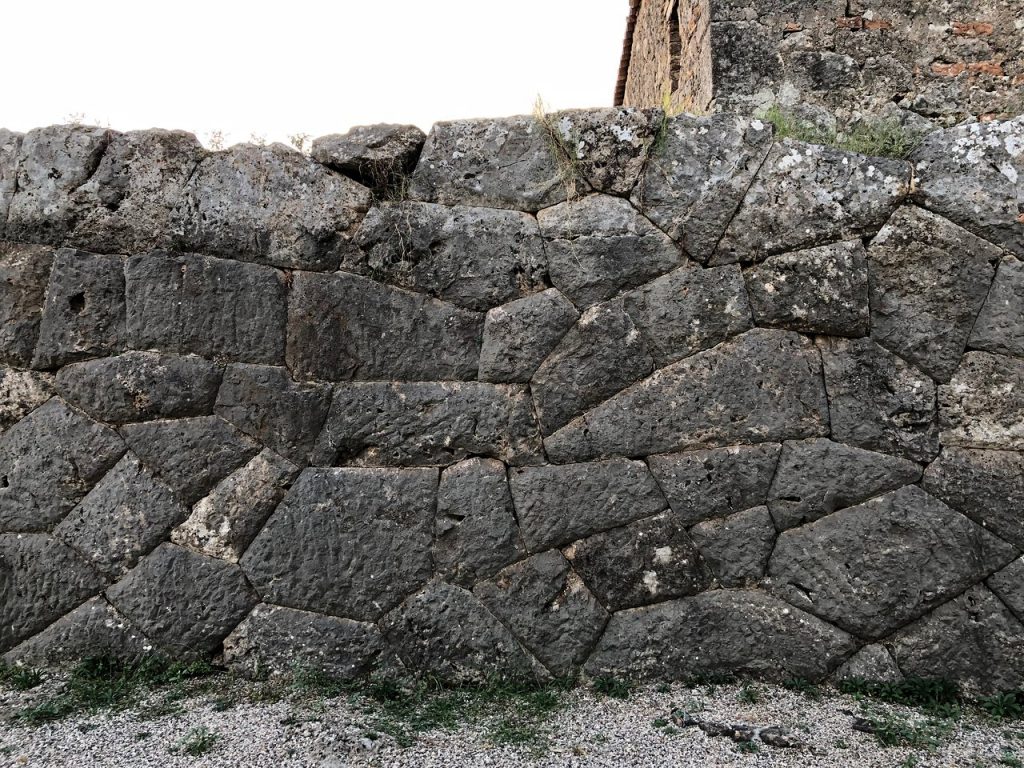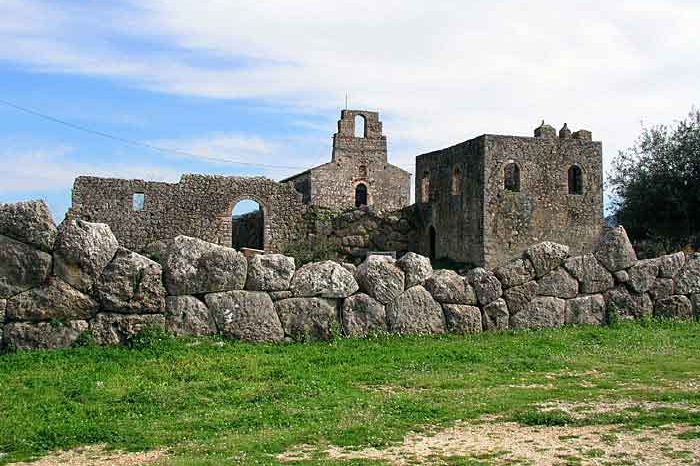Nekromanteion, The Gate to Hades

The Necromanteion or Nekromanteion was an ancient Greek necromancy temple dedicated to Hades and Persephone.
According to tradition, it was located on the banks of the Acheron in Epirus, near the ancient city of Efira.
This site was considered by devotees as the gateway to the kingdom of the dead.
The site was located at the point where the Acheron, Flegetonte, and Cocito rivers met, and the ancient Greeks believed that these streams led to the afterlife.
The meaning of the names of the rivers has been interpreted as “joyless”, “hot coals” and “lament”.
The story of the temple was mythologic and shrouded in mystery, being described by Homer and Herodotus respectively in the 8th century BC and 5th century BC.
They described it as being at the meeting point of the Acheron, Pyriphlegethon, and Cocytus rivers, and for this reason, Epirus was proposed as the location of the Nekromanteion in 1958 by archaeologist Sotirios Dakaris, an identification that is still subject to debates.
If the site was already considered mythological and mysterious at the times of Homer and Herodotus, this might suggest that it was built much earlier than their time, since an account becomes mythological only after centuries of oral traditions and legends.
As a matter of fact, it would be strange for the ancients, and even stranger to the ancient historians, to consider legendary a place built during their time because it would fit into their rational perspective and they would have no need to attribute to it a mythological origin.
The site has an underground tunnel, which was proposed as the mythological entrance to the realm of Hades, and features incredibly tight and cyclopic polygonal walls that can still be seen on display at the site located in the present-day city of Xylòkastron.



